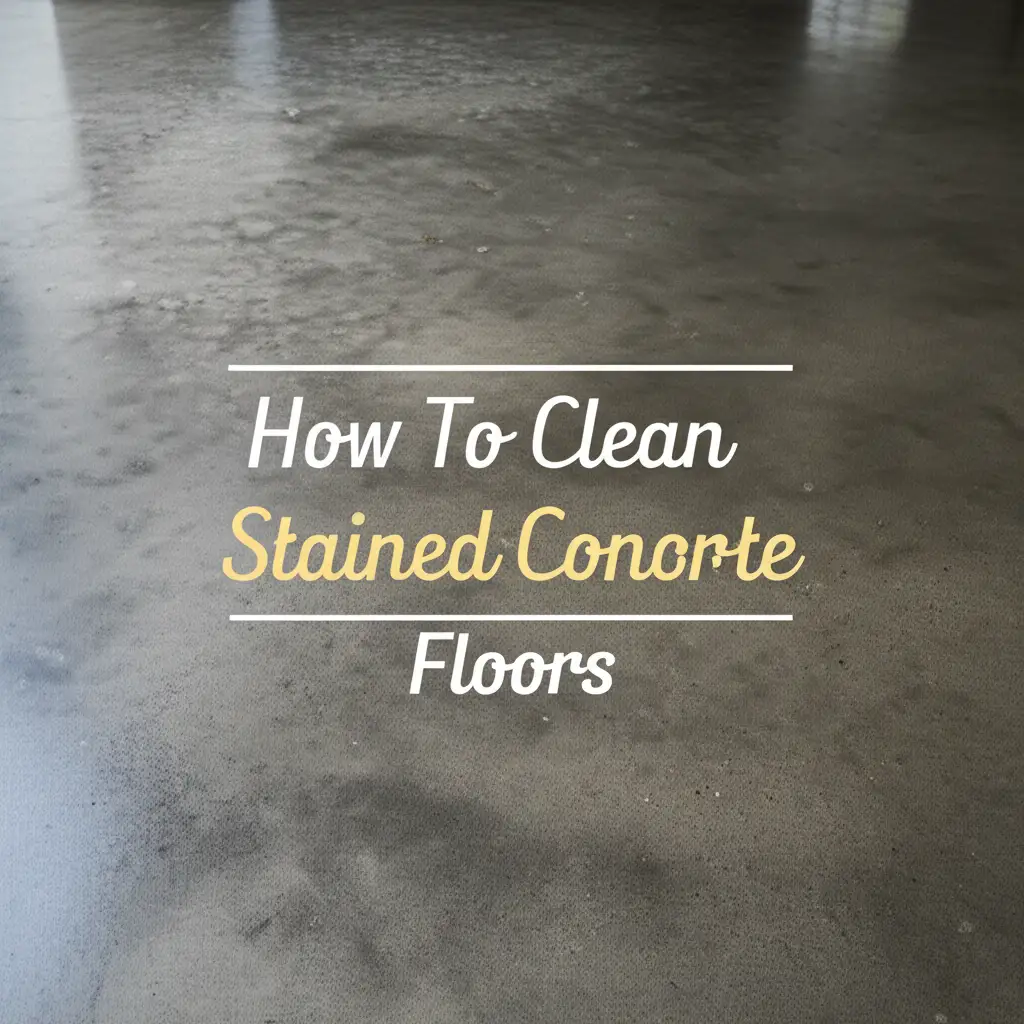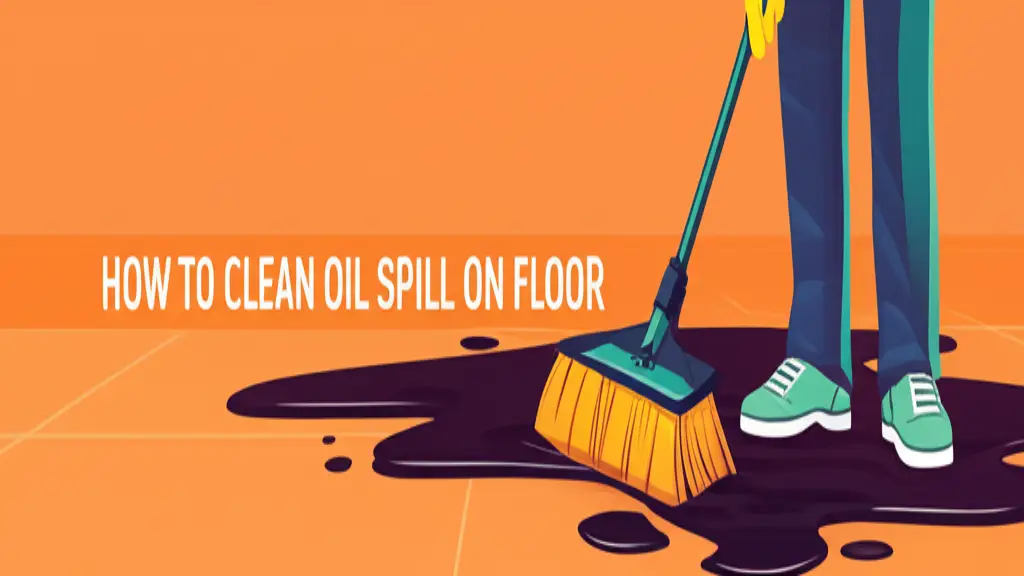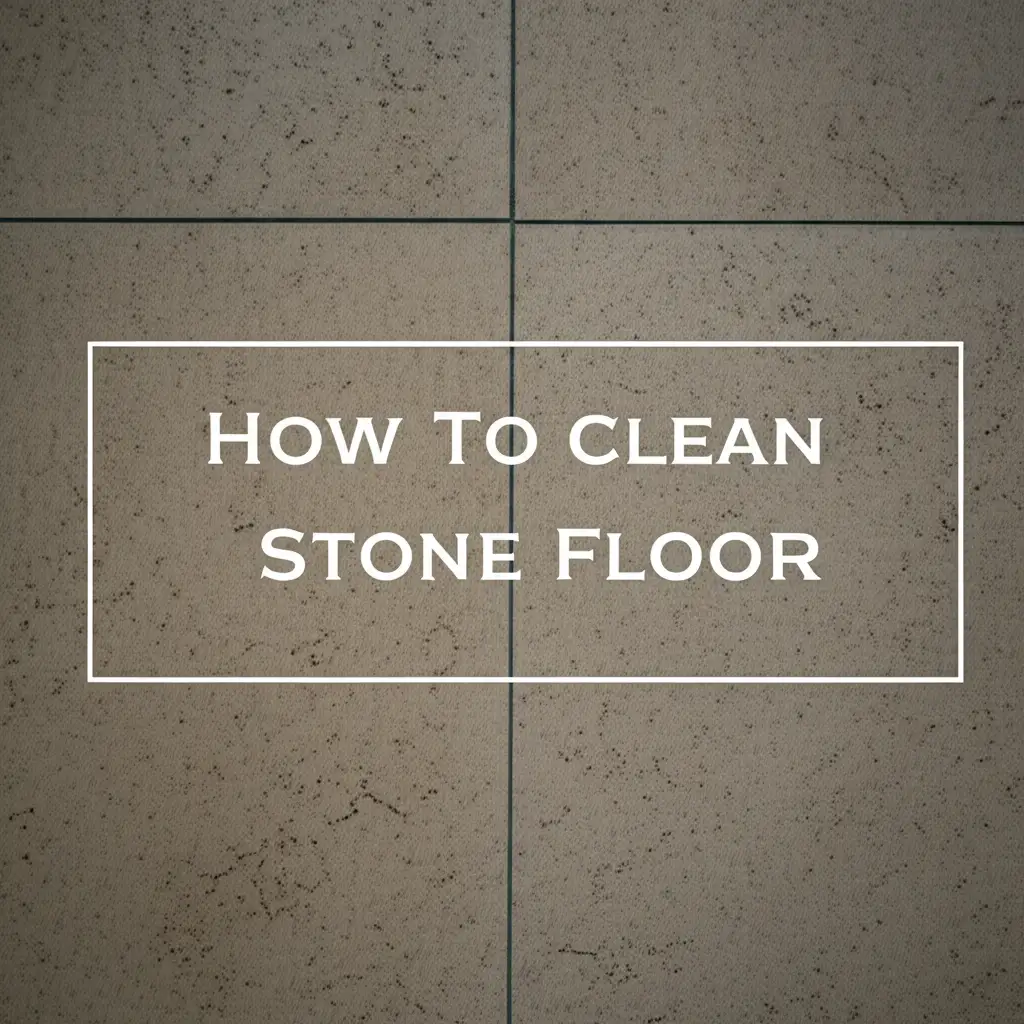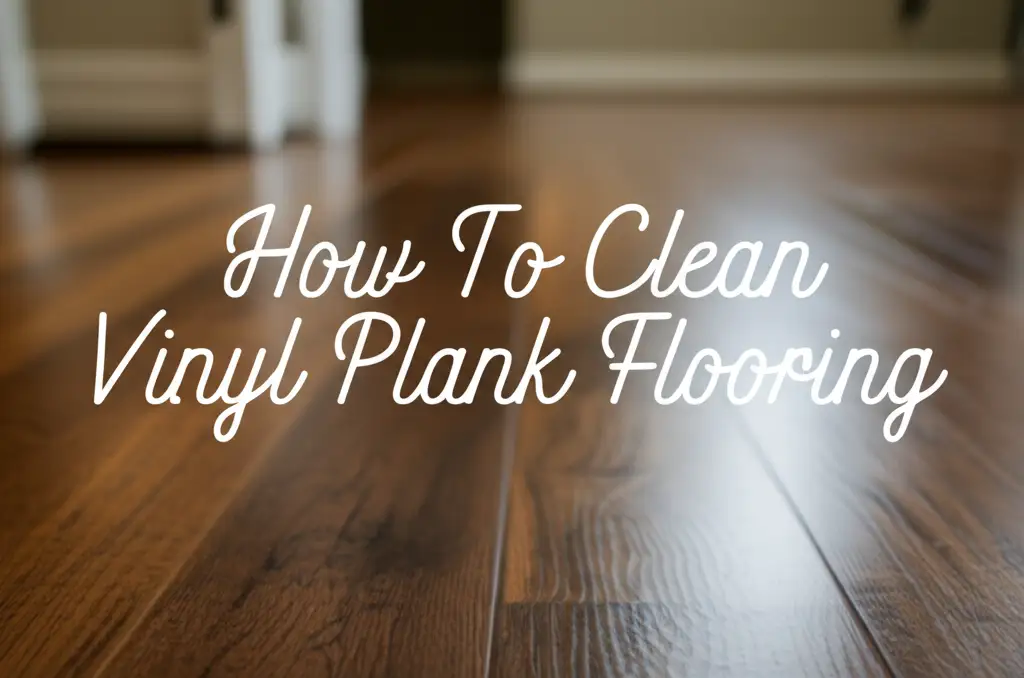· Home Cleaning · 23 min read
How To Clean Area Rug On Hardwood Floor
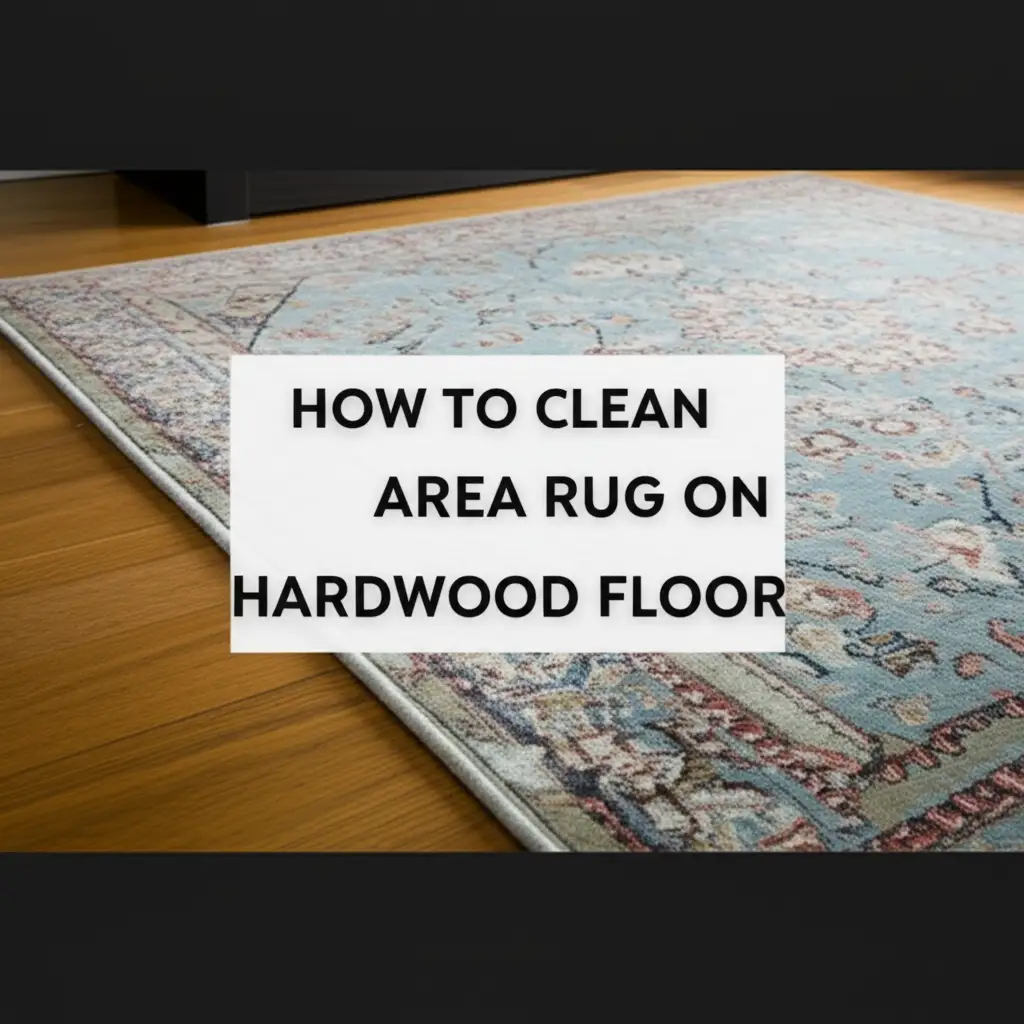
Clean Area Rugs on Hardwood Floors: A Complete Guide
Area rugs bring warmth and style to any room. When placed on hardwood floors, they add beauty and protect the wood. However, rugs on hardwood floors need careful cleaning. This guide will show you how to effectively clean area rug on hardwood floor without causing damage.
Maintaining your area rugs and hardwood floors ensures a clean and healthy home. Improper cleaning can harm both surfaces. We will cover daily care, stain removal, and deep cleaning methods. You will learn about the right tools and products to keep your living spaces beautiful. Get ready to master the art of cleaning your area rugs while keeping your hardwood floors safe.
Takeaway
- Regular vacuuming prevents dirt buildup and protects rug fibers.
- Always test cleaning solutions on a hidden area first.
- Address spills and stains immediately to prevent permanent damage.
- Use a rug pad to protect hardwood floors from scratches and moisture.
- Ensure the rug and floor are completely dry after cleaning to prevent mold.
To effectively clean an area rug on a hardwood floor, start with regular vacuuming. Address spills quickly with gentle blotting. For deeper cleaning, use appropriate methods based on the rug material, always testing solutions first. Ensure both the rug and floor are dry to protect the hardwood.
Understanding Your Area Rug and Hardwood Floor
Before you begin to clean area rug on hardwood floor, understand the materials. Area rugs come in many types, each needing specific care. Common rug materials include wool, synthetic fibers, cotton, and natural fibers like jute or sisal. Each material reacts differently to water and cleaning agents. For example, wool can shrink with hot water, while some synthetics might melt with harsh chemicals.
Hardwood floors are durable but sensitive to moisture and harsh cleaners. Water can warp wood, and abrasive chemicals can strip its finish. Protecting your hardwood floor is as important as cleaning the rug. Always consider the floor underneath when choosing cleaning methods for your rug. Knowing your materials prevents accidental damage during cleaning.
Types of Area Rug Materials
Different rug materials require different cleaning approaches.
- Wool Rugs: These rugs are durable but can shrink or fade. Use cold water and mild cleaners. Avoid excess moisture.
- Synthetic Rugs (Nylon, Polyester, Polypropylene): These are stain-resistant and easy to clean. They tolerate more aggressive cleaning. Hot water and stronger detergents are usually safe.
- Cotton Rugs: Often washable, cotton rugs are absorbent. They can hold a lot of water. Make sure they dry completely to prevent mildew.
- Natural Fiber Rugs (Jute, Sisal, Seagrass): These are very sensitive to water. Water can cause them to stain or warp. Dry cleaning or minimal moisture methods are best.
Always check the rug’s care tag for specific cleaning instructions. This tag provides the manufacturer’s recommendations. Following these guidelines helps maintain the rug’s quality and longevity. Ignoring them can lead to irreparable damage.
Essential Tools and Supplies for Cleaning
Having the right tools makes the cleaning process easier and safer. To clean area rug on hardwood floor, gather your supplies before you start. This preparation prevents interruptions and ensures you have everything needed. Using the correct tools also protects your rug and your floors from harm.
Avoid using harsh chemicals or abrasive brushes. These can damage delicate rug fibers or scratch your hardwood. Instead, opt for gentle yet effective cleaning solutions and soft tools. Your cleaning supplies should be safe for both surfaces. Always read product labels carefully.
Must-Have Cleaning Equipment
Gather these items for effective and safe cleaning.
- Vacuum Cleaner: A good vacuum with adjustable height settings or a bare floor attachment is crucial. This helps remove loose dirt without scratching your hardwood. A handheld vacuum is useful for small spills.
- Soft-Bristle Brush: This brush helps gently agitate stains on rugs. It also works well for loosening embedded dirt. Choose a brush designed for fabrics to avoid damage.
- Clean White Cloths or Microfiber Towels: These are essential for blotting up spills and applying cleaning solutions. White cloths prevent color transfer to the rug. Microfiber is highly absorbent.
- Spray Bottle: A spray bottle allows for even application of cleaning solutions. This prevents over-wetting the rug, which can harm the hardwood floor.
- Bucket: Use a bucket for mixing cleaning solutions and rinsing cloths.
- Fan or Hair Dryer: These tools speed up the drying process. Quick drying prevents mold and moisture damage to your hardwood floors.
Safe Cleaning Solutions
Choosing the right cleaning solution is vital.
- Mild Dish Soap: Mix a few drops with water for a gentle cleaning solution. This works well for most common stains.
- White Vinegar: A diluted solution of white vinegar and water is excellent for odor removal and mild stains. Vinegar is a natural disinfectant. It can be a powerful cleaner. For more details on its uses, check out how to clean with vinegar and baking soda. how to clean with vinegar and baking soda
- Baking Soda: Baking soda is effective for absorbing odors and fresh stains. Sprinkle it directly on the rug. Let it sit, then vacuum it up. Baking soda is also useful for various other cleaning tasks, like cleaning stains off a mattress with baking soda. how to clean stains off mattress with baking soda
- Commercial Rug Cleaner (pH-neutral): If you use a commercial product, ensure it is pH-neutral. This means it will not damage your rug fibers or the hardwood finish. Always check the label for “safe for all rug types” or “safe for hardwood floors.”
Always test any cleaning solution on an inconspicuous area of the rug first. This ensures it does not cause discoloration or damage. Wait for it to dry completely before proceeding.
Routine Maintenance: Keeping Your Rugs and Floors Pristine
Regular maintenance is key to keeping your area rug and hardwood floor clean. Dirt and dust can embed into rug fibers. They can also scratch hardwood finishes. A consistent cleaning schedule prevents buildup and extends the life of both your rug and your floor. Daily or weekly care makes deeper cleaning less frequent and less intensive.
Think of routine maintenance as your first line of defense. It stops small problems from becoming big ones. This section covers simple, quick steps you can take. These steps ensure your home stays fresh and inviting every day.
Daily and Weekly Vacuuming
Vacuuming is the most important step in routine rug care.
- Frequency: Vacuum your area rug several times a week. If you have pets or high foot traffic, vacuum daily. This prevents dirt from settling deep into the rug fibers. Embedded dirt can act like sandpaper, damaging fibers over time.
- Technique: Use a vacuum with strong suction. If your vacuum has a beater bar, turn it off. Beater bars can damage delicate rug fibers. They can also scratch hardwood floors if the rug slips.
- Protection: Always use a rug pad under your area rug. A good rug pad provides cushioning. It prevents the rug from slipping and scratching the hardwood floor. It also allows air circulation, which prevents moisture buildup.
- Hardwood Care: Before placing the rug back, quickly vacuum or dust mop the hardwood floor underneath. This removes any trapped dust or debris. This simple step further protects your floor’s finish.
Rotating and Airing Out Rugs
These steps help extend your rug’s life and freshness.
- Rotating: Rotate your area rug every 6-12 months. This ensures even wear and tear. It also exposes different parts of the rug to sunlight. This can help prevent fading in one area.
- Airing Out: Take your rug outside once or twice a year. Hang it over a fence or railing. Beat it gently with a broom or rug beater. This dislodges deeply embedded dirt and refreshes the fibers. Make sure the rug is dry before bringing it back inside.
- Sunlight Benefits: A brief period in direct sunlight can kill dust mites and bacteria. However, too much sunlight can cause fading. Limit exposure to a few hours.
Preventing Hardwood Floor Damage
Protecting your hardwood floor is paramount when cleaning rugs.
- Rug Pads: A high-quality rug pad is non-negotiable. Choose a pad made of natural rubber or felt. Avoid plastic or PVC pads, as they can trap moisture. They can also react with the hardwood finish, causing discoloration.
- Immediate Spill Cleanup: Any spill on the rug can seep through to the hardwood. Clean spills immediately, especially liquid ones. Blot, do not rub, the spill. Lift the rug and check the floor underneath. Dry both surfaces thoroughly.
- Humidity Control: Maintain a consistent humidity level in your home. Extreme humidity can cause hardwood to swell or crack. It also affects rug fibers. Use a dehumidifier in humid climates.
- Avoid Over-wetting: When spot cleaning or deep cleaning, never over-saturate the rug. Excess moisture is the biggest enemy of hardwood floors. It can lead to warping, mold growth, or finish damage.
By following these routine maintenance tips, you ensure both your area rug and hardwood floor remain in excellent condition. This proactive approach saves you time and effort in the long run.
Spot Cleaning Stains on Your Area Rug
Accidents happen, and spills are inevitable. Knowing how to spot clean stains quickly and correctly is crucial. Prompt action prevents stains from setting. It also minimizes the risk of moisture seeping into your hardwood floor. Different types of stains require different approaches. However, the golden rule remains: act fast and blot, do not rub.
Rubbing a stain pushes the spill deeper into the fibers. It can also spread the stain. Blotting gently lifts the substance from the rug. Always work from the outside edge of the stain inwards. This prevents the stain from spreading.
General Stain Removal Steps
Follow these steps for most common spills.
- Act Immediately: The faster you address a spill, the higher the chance of complete removal.
- Blot, Don’t Rub: Use a clean, white cloth or paper towel. Press firmly on the stain to absorb the liquid. Repeat with fresh sections of the cloth until no more liquid transfers.
- Prepare Cleaning Solution: For most stains, a mild solution of dish soap and water works well. Mix one teaspoon of clear dish soap with one cup of warm water. For tougher stains, a white vinegar and water solution (1:1 ratio) can be effective.
- Apply and Blot: Dip a clean cloth into your chosen cleaning solution. Wring it out so it is just damp, not soaking wet. Gently blot the stain. Do not pour the solution directly onto the rug.
- Rinse: After the stain is gone, dampen another clean cloth with plain water. Blot the area to rinse out any soap residue. Soap residue can attract dirt.
- Dry Thoroughly: Place a stack of paper towels or a dry cloth over the damp area. Press down to absorb moisture. Use a fan or hair dryer on a cool setting to speed up drying. Ensure the rug and the hardwood floor underneath are completely dry.
Specific Stain Solutions
Different types of stains respond best to specific treatments.
- Coffee/Tea: Blot as much as possible. Then, use a solution of white vinegar and water. Follow with plain water rinse and dry.
- Pet Stains: Blot immediately. Apply an enzymatic cleaner designed for pet stains. These cleaners break down odor-causing molecules. Alternatively, sprinkle baking soda, let it sit, then vacuum. Then, clean with a vinegar solution.
- Grease/Oil: Scrape off any excess. Sprinkle a generous amount of cornstarch or baking soda over the stain. Let it sit for several hours or overnight to absorb the grease. Vacuum it up. Then, blot with a mild dish soap solution.
- Red Wine: Blot the liquid. Immediately pour salt or baking soda over the stain to absorb the wine. Let it sit for 10-15 minutes, then vacuum. Follow with a solution of dish soap and water.
- Ink: For fresh ink, blot with a paper towel. Apply rubbing alcohol to a clean cloth and blot the stain. Do not rub. Repeat with fresh alcohol until the ink lifts. Rinse with water.
- Mud: Let the mud dry completely. Scrape off as much dry mud as possible. Then vacuum the area. Blot with a mild dish soap and water solution.
Always remember to test any new cleaning method or solution on a small, hidden area of the rug first. This precaution saves you from potential damage to your beautiful area rug or your valuable hardwood floor.
Deep Cleaning Your Area Rug on Hardwood Floor
While spot cleaning handles everyday spills, deep cleaning revitalizes your area rug. Deep cleaning removes embedded dirt, allergens, and odors that routine vacuuming misses. This process is more intensive. It requires careful consideration to protect your hardwood floors from moisture damage. Aim to deep clean your rug once or twice a year, depending on traffic and use.
The key to deep cleaning on hardwood is controlled moisture. Over-wetting can lead to mold, mildew, and warped floors. Therefore, always choose a method that minimizes water use. Ensure proper drying techniques are in place before you start.
Preparing for Deep Cleaning
Preparation is crucial for a successful deep clean.
- Remove the Rug: If possible, move the area rug off the hardwood floor. Clean it on a hard, non-porous surface like a garage floor or patio. This completely eliminates the risk of hardwood damage. If moving is not possible, place a waterproof tarp or plastic sheeting under the rug. This acts as a barrier against moisture.
- Vacuum Thoroughly: Before applying any moisture, vacuum the rug from both sides. This removes as much loose dirt and debris as possible. Deeply embedded particles can turn into mud when wet.
- Test Cleaning Solution: Always test your chosen deep cleaning solution on a small, hidden area of the rug. Wait for it to dry completely. Check for color changes or damage before applying it to the entire rug.
Deep Cleaning Methods
Choose a method based on your rug’s material and your comfort level.
Option 1: Dry Carpet Shampoo
This method uses minimal water and is safer for delicate rugs or those placed on hardwood floors.
- Apply Powder: Sprinkle dry carpet shampoo powder evenly over the rug.
- Brush In: Gently brush the powder into the rug fibers using a soft-bristle brush.
- Wait: Allow the powder to sit for the recommended time (usually 30 minutes to an hour). The powder absorbs dirt and odors.
- Vacuum: Thoroughly vacuum the rug to remove all the powder and absorbed grime.
Option 2: Low-Moisture Machine Cleaning (Carpet Cleaner)
If using a carpet cleaner, choose one with a “low moisture” or “hard floor” setting.
- Fill Tank: Fill the machine’s water tank with clean water and a small amount of pH-neutral carpet cleaning solution.
- Clean in Sections: Work in small sections. Make slow, overlapping passes. Focus on suctioning up as much water as possible.
- Rinse Pass: For a rinse, use plain water in the machine. Make a final pass to remove any soap residue.
- Check Underneath: Lift the rug periodically to check for moisture on the hardwood. Blot any damp spots immediately.
Option 3: Manual Shampooing (for smaller rugs)
This method is suitable for smaller rugs that can be easily moved and dried.
- Mix Solution: Mix a mild rug shampoo or dish soap with water in a bucket. Create a foamy solution.
- Apply Foam: Apply only the foam to a small section of the rug using a soft brush or sponge. Avoid saturating the rug.
- Scrub Gently: Gently scrub the rug fibers in small circular motions.
- Wipe Clean: Wipe away the dirty foam with a clean, damp white cloth. Rinse the cloth often.
- Rinse: Use a clean cloth dampened with plain water to blot the area and remove soap residue.
- Dry: Blot excess water with dry towels. Use a fan to air dry.
Drying Your Area Rug and Hardwood Floor After Cleaning
Proper drying is the most critical step after cleaning an area rug on hardwood floors. Incomplete drying can lead to several problems. These include mold, mildew, unpleasant odors, and damage to your hardwood floors. Moisture trapped under the rug can warp, stain, or rot the wood. This section details effective drying strategies to protect both your rug and your floor.
Never rush the drying process. Air circulation and time are your best friends here. Patience now prevents costly repairs later. Ensure the area is completely dry before placing the rug back in its original position.
Importance of Thorough Drying
Understanding why complete drying is vital helps reinforce good habits.
- Preventing Mold and Mildew: Dampness creates a perfect breeding ground for mold and mildew. These fungi cause musty odors and can trigger allergies. They can also permanently stain your rug and floor.
- Protecting Hardwood: Hardwood is porous. It absorbs moisture. This absorption causes wood to swell, leading to cupping, buckling, or warping. The finish can also blister or peel.
- Eliminating Odors: A damp rug will develop a sour, mildewy smell. Proper drying removes the moisture source that causes these odors.
Effective Drying Techniques
Use these methods to ensure your rug and floor dry quickly and completely.
- Blot Excess Water: Immediately after cleaning, use thick, dry towels or a wet/dry vacuum to remove as much moisture as possible. Walk on the towels placed over the damp areas to press out water.
- Lift and Elevate the Rug: If the rug is too large to move, lift it partially. Prop it up on furniture or laundry baskets. This allows air to circulate underneath the rug. If you can, flip the rug over to dry both sides.
- Increase Air Circulation:
- Open Windows: Open windows and doors to allow fresh air to flow through the room. This helps carry away moisture.
- Use Fans: Place several fans around the rug, directing airflow both over and under it. Ceiling fans also help.
- Dehumidifier: A dehumidifier is excellent for removing moisture from the air, especially in humid climates or during rainy seasons.
- Air Conditioner: Running your air conditioner helps dry the air.
- Avoid Direct Heat (for Rugs): Do not use high heat from a hair dryer or heater directly on the rug. Excessive heat can damage rug fibers or cause shrinkage. Use a cool or low-heat setting if using a hair dryer.
- Check Hardwood: After the rug feels dry, lift it completely. Inspect the hardwood floor underneath. Feel for any dampness. If the floor is damp, continue using fans and dehumidifiers until it is completely dry. You can also wipe the floor with a dry towel. In cases of flood or significant water damage, extreme care is needed. Consider insights from cleaning a concrete basement floor after a flood, as drying is paramount. how to clean concrete basement floor after a flood
- Patience is Key: It can take 12 to 24 hours, or even longer, for a rug to dry completely, depending on its thickness and humidity levels. Do not place the rug back on the hardwood floor until you are absolutely certain both surfaces are bone dry.
By prioritizing thorough drying, you protect your investment in both your area rug and your beautiful hardwood floors. This step cannot be overlooked.
Protecting Your Hardwood Floors from Rug Damage
Area rugs add comfort and style. They can also protect hardwood floors from daily wear and tear. However, without proper precautions, rugs can sometimes cause damage. This includes scratches, discoloration, or moisture issues. Learning how to protect your hardwood is as important as learning to clean area rug on hardwood floor.
Prevention is always better than cure. Simple steps can go a long way in preserving the beauty and integrity of your hardwood. These methods create a barrier between your rug and your floor. They also manage moisture effectively.
The Importance of a Quality Rug Pad
A rug pad is your hardwood floor’s best friend.
- Scratch Prevention: Foot traffic, dirt trapped under the rug, and the rug’s own rough backing can scratch hardwood. A rug pad creates a protective layer. It prevents direct contact between the rug and the floor.
- Slip Resistance: Pads keep the rug from sliding. This prevents slips and falls. It also stops the rug from bunching up, which can cause wear on the floor in specific areas.
- Air Circulation: Good rug pads have a waffle or grid design. This allows air to circulate between the rug and the floor. Airflow helps prevent moisture buildup. It reduces the risk of mold or mildew growth.
- Cushioning: Pads add comfort underfoot. They also absorb impact. This can prolong the life of both your rug and your floor finish.
- Choosing the Right Pad:
- Material: Opt for pads made of natural rubber or felt. Natural rubber provides excellent grip without chemicals. Felt pads offer cushioning.
- Avoid PVC/Plastic: PVC or plastic rug pads can off-gas chemicals. These chemicals can react with hardwood finishes. They can cause discoloration, stickiness, or permanent damage.
- Thickness: Choose a pad that is appropriate for your rug’s thickness and traffic level. Thicker pads offer more cushioning.
Preventing Moisture Buildup
Moisture is the hardwood floor’s biggest enemy.
- Immediate Spill Cleanup: As mentioned before, clean spills on your rug immediately. Lift the rug and check the hardwood for moisture. If damp, dry it thoroughly.
- Regular Lifting and Airing: Periodically lift your rug. Allow the hardwood floor underneath to breathe. This is especially important in humid environments. A general guideline is to lift the rug once every few months.
- Dehumidifiers: In basements or humid rooms, use a dehumidifier. This reduces ambient moisture that can get trapped under rugs.
- Sunlight and Ventilation: Ensure the room has good ventilation. Sunlight helps keep the area dry. However, remember to rotate the rug to prevent uneven fading.
Protecting Against Discoloration
Some rugs can cause discoloration on hardwood over time.
- Dye Transfer: Some rugs, especially new ones with dark dyes, can bleed color. This happens if they get wet or are exposed to high humidity. Always test a small area of the rug’s dye for colorfastness.
- UV Light: Over time, areas of the hardwood floor covered by rugs will be protected from UV light. Exposed areas will lighten or darken naturally. When you move the rug, the difference in color might be visible. Rotating your rug helps minimize this.
- Rug Pad as a Barrier: A good rug pad also acts as a barrier against potential dye transfer. It prevents direct contact.
By proactively addressing these points, you can enjoy your beautiful area rugs without concern for your hardwood floors. Protection is a continuous effort that saves money and preserves your home’s value.
When to Call a Professional Rug Cleaner
Sometimes, the best approach for a clean area rug on hardwood floor is to seek professional help. While DIY methods are great for routine maintenance and minor spills, certain situations warrant expert intervention. Professionals have specialized equipment, knowledge, and solutions that go beyond what a typical homeowner can achieve. They can safely handle delicate materials and deeply embedded issues.
Knowing when to call a pro saves your rug from damage. It also protects your hardwood floor from potential harm from improper DIY deep cleaning. Consider these factors when deciding.
Signs It’s Time for Professional Cleaning
Look for these indicators that your rug needs a professional touch.
- Deep-Seated Dirt: If your rug looks dull even after thorough vacuuming, it likely has deep-seated dirt. This grime settles at the base of the fibers. Home vacuums cannot reach it effectively.
- Stubborn Stains: Some stains, like old pet stains, oil, or dye transfers, are very hard to remove. Professional cleaners have specialized products and techniques for these tough spots. Trying to remove them yourself can set the stain or damage the rug.
- Lingering Odors: If your rug still smells after cleaning, it means odor-causing bacteria are present. This is common with pet urine or mildew. Professionals use powerful deodorizers and deep cleaning methods to eliminate these odors at their source.
- Delicate Rug Materials: Hand-knotted, antique, silk, or other delicate rugs require careful handling. DIY cleaning can damage their intricate patterns or delicate fibers. Professionals know how to clean these rugs safely.
- Overall Dinginess: If the entire rug appears dull, faded, or discolored, it needs a full restoration. Professional cleaning can bring back its original vibrancy.
- Allergies: If family members suffer from allergies, a professional deep clean can remove trapped allergens like dust mites, pet dander, and pollen. This improves indoor air quality.
Benefits of Professional Rug Cleaning
Professional services offer advantages that DIY cannot.
- Specialized Equipment: Professionals use powerful, high-suction extractors. These machines remove more dirt and water than consumer models. This leads to faster drying and less risk of mold.
- Expert Knowledge: Cleaners understand different rug materials and their specific needs. They select the right cleaning agents and methods, preventing damage.
- Deeper Clean: Their methods penetrate deep into the rug fibers. This removes grime that regular cleaning leaves behind.
- Odor Elimination: Professionals can effectively neutralize tough odors, leaving your rug fresh.
- Stain Removal Expertise: They have a wide range of stain removal solutions. They know how to apply them without harming the rug or leaving residue.
- Prolonged Rug Life: Regular professional cleaning can extend the lifespan of your area rug. It preserves its beauty and structural integrity.
- Protection of Hardwood: When you send your rug out for cleaning, your hardwood floors are completely safe from moisture exposure. If they clean on-site, they use advanced techniques to protect your floors.
While professional cleaning costs money, it is an investment. It protects your valuable rugs and your hardwood floors. It also ensures a truly clean and healthy living environment.
Advanced Tips for Rug and Hardwood Care
Beyond the standard cleaning and maintenance, some advanced tips can further enhance the longevity and appearance of your area rugs and hardwood floors. These insights focus on proactive measures and fine-tuning your care routine. Implementing these tips helps you maintain a pristine home environment with less effort over time.
Think of these as ways to optimize your cleaning and protection strategy. They go beyond the basics to address subtle nuances in home care. These tips are especially useful for busy households or those seeking to maximize their home’s beauty.
Using Doormats and Runners
Control dirt at the source.
- Exterior Doormats: Place a coarse doormat outside every entrance. This removes large debris from shoes.
- Interior Mats/Runners: Use absorbent mats inside entryways. Place runners in high-traffic areas on your hardwood, like hallways or in front of sofas. These capture finer dirt and moisture. They also protect the most vulnerable parts of your floor. This significantly reduces the amount of dirt tracked onto your area rugs and hardwood floors.
Promptly Addressing Water Spills on Hardwood
Even if a spill is not on your rug, act fast on hardwood.
- Blot Immediately: Any standing water on hardwood, even a small amount, can cause damage. Blot it up immediately with a dry towel.
- Fan Dry: If the area was significantly wet, use a fan to ensure it dries completely. Keep the air moving over the affected spot.
- Check for Swelling: Watch for any signs of wood swelling or discoloration in the days after a spill.
- Hardwood Sealing: Ensure your hardwood floor’s finish is in good condition. A well-sealed floor offers better protection against moisture penetration. Reapply sealer as needed.
Pet and Child-Friendly Considerations
Homes with pets and children need extra care.
- Accident Zones: Place small, washable rugs in areas where accidents are likely, such as under pet food bowls or near play areas. This protects your hardwood.
- Quick Cleanups: Always have cleaning supplies readily available for pet accidents or child spills. The quicker you clean, the less likely a stain or odor will set.
- Non-Toxic Cleaners: Use non-toxic and pet-safe cleaning products. This protects your family and pets. Many natural solutions like vinegar and baking soda are excellent for this.
- Regular Pet Grooming: Groom your pets regularly. This reduces shedding and brings less dirt into the house.
Seasonal Cleaning Adjustments
Adjust your cleaning routine based on the season.
- Wet Seasons (Rain, Snow): During rainy or snowy months, clean your rugs
- area rug cleaning
- hardwood floor care
- rug cleaning tips
- floor maintenance
- spot cleaning

